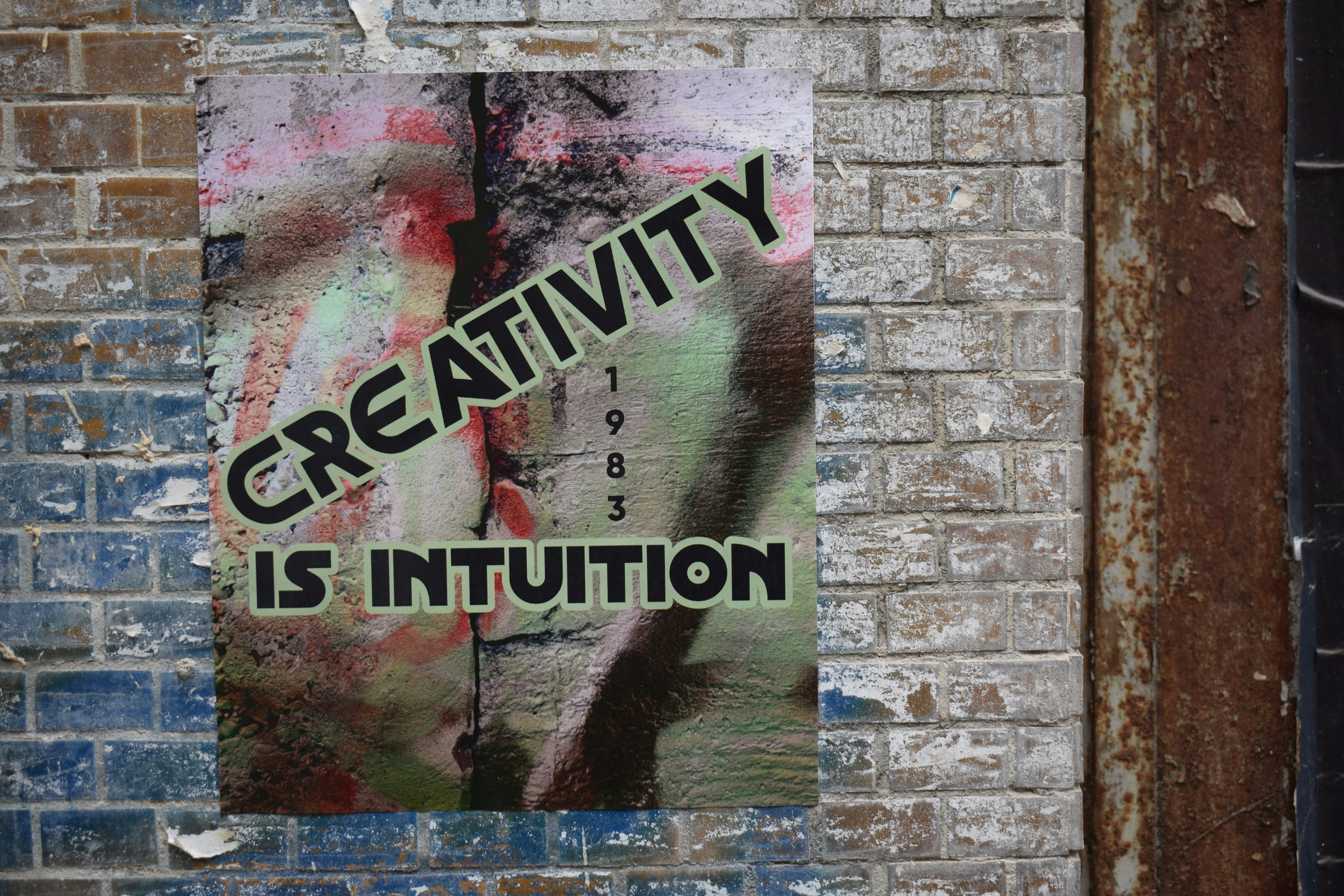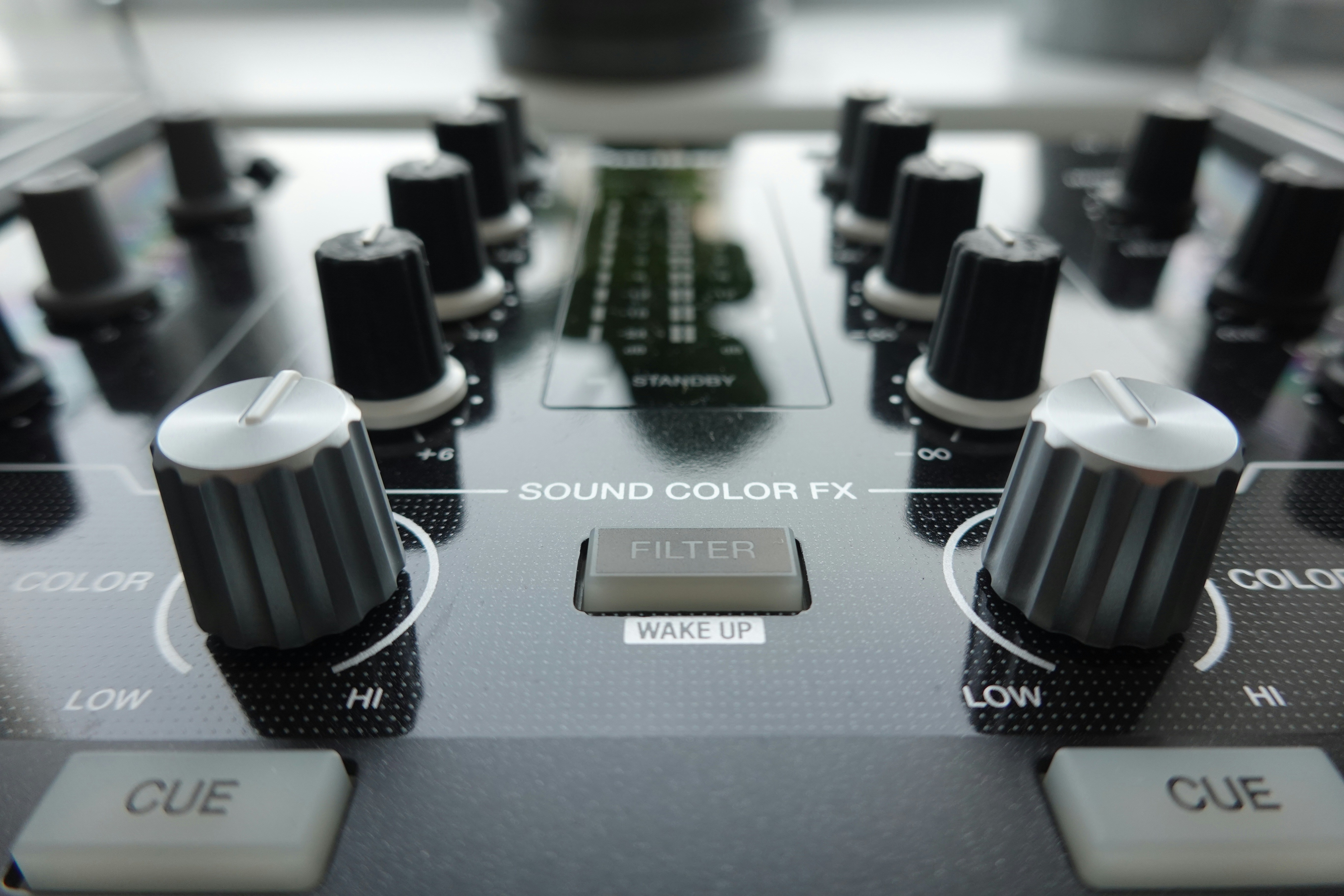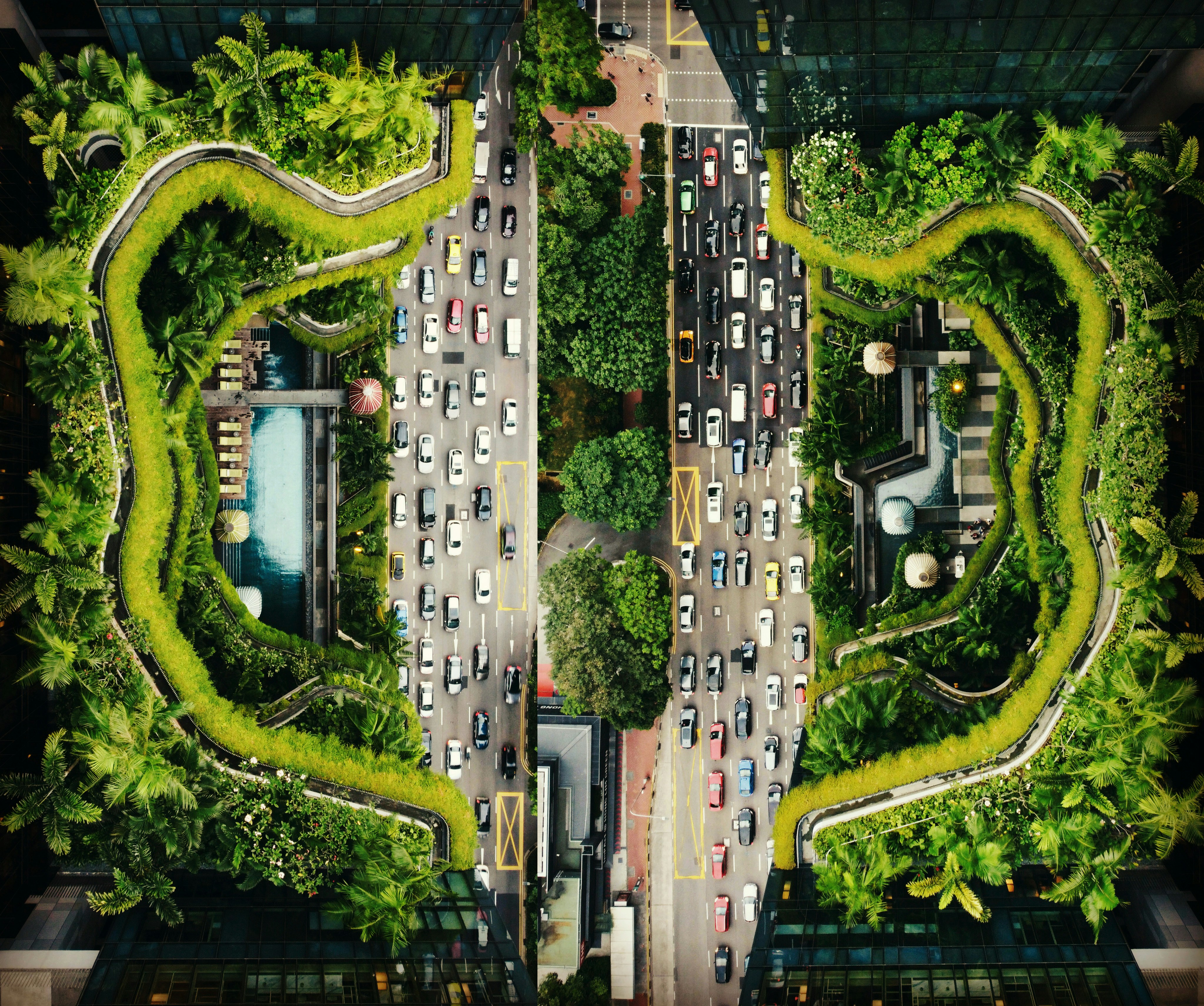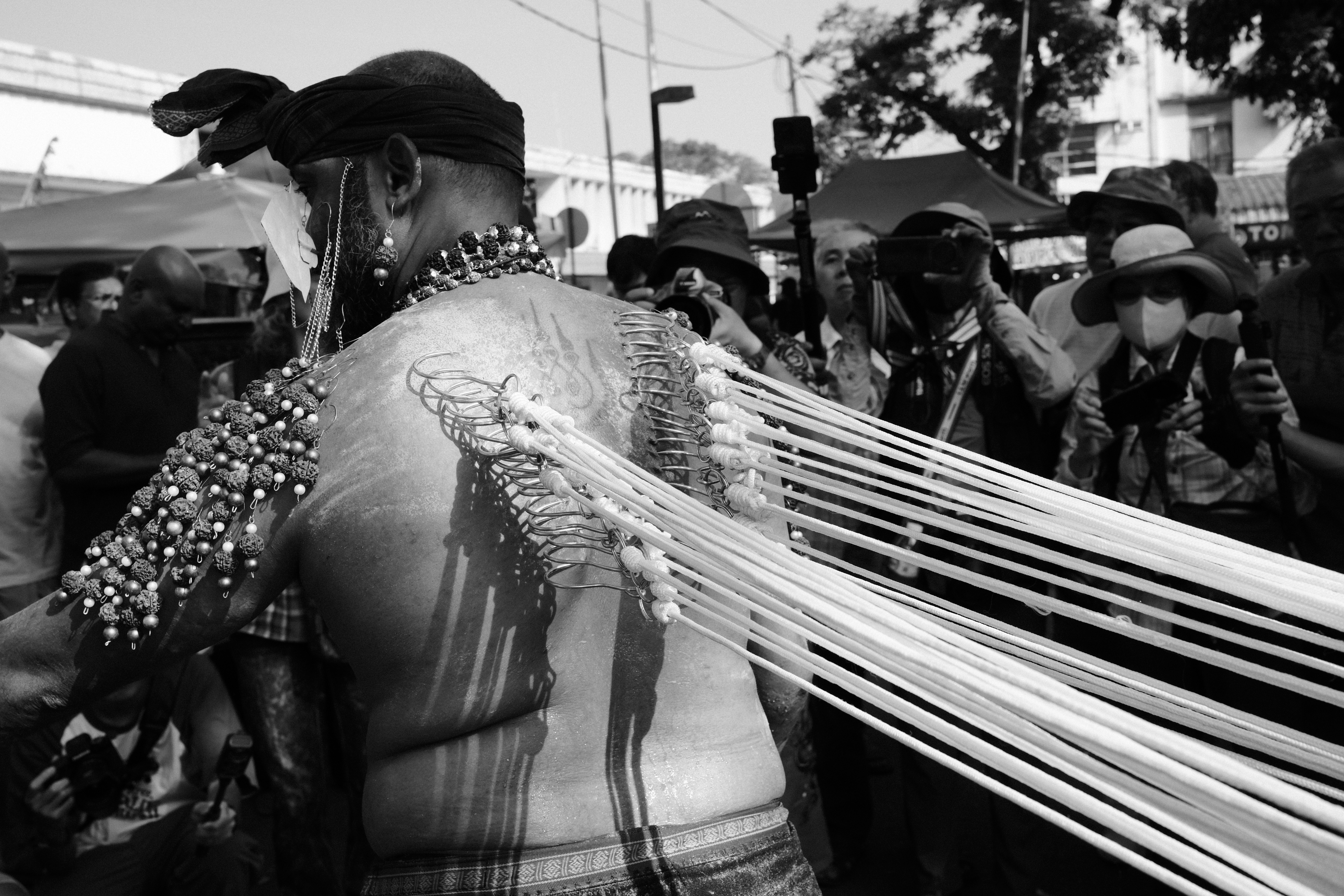Transform Your Photography: Uncover How Surroundings Shape Gear Choices
Photography is more than just a visual medium; it’s a multifaceted art influenced by an array of factors, including the environment in which we find ourselves. As a photographer, the interplay between your surroundings and your creative choices can drastically metamorphose your work. From the bustling vibrancy of urban landscapes to the tranquil whispers of nature, every scene offers distinct thematic possibilities that inform not only what you capture but how you select your gear. Join me as we explore the unseen influences that alter photographic perspectives and gear choices—your gateway to enhanced creativity and soulful storytelling.
The Influence of Environment on Creativity
Every photographer knows that inspiration can strike at any moment, and often, it is deeply rooted in the environment. Whether you're capturing the chaos of a city street or the serene stillness of a foggy forest, your setting molds your narrative. For instance, urban photographers may find themselves drawn to sharp angles, vibrant colors, and fleeting moments of humanity. In contrast, nature photographers might focus on soft hues, expansive landscapes, and the fleeting details of flora and fauna.
The psychology behind this is compelling. According to research from the University of California, the environment can significantly impact our creative output. Nature, for instance, has been shown to enhance cognitive flexibility, making it easier to think outside the box. Conversely, urban environments can evoke feelings of excitement, prompting rapid-fire creative ideas that reflect the hustle and bustle of city life.
For those diving deeper into how surroundings affect photography, exploring how sound and smell shape photography choices can provide additional insights into the sensory factors that enrich our photographic narratives.
Selecting Gear Based on Your Environment
Understanding how your environment influences your creative vision can also aid in choosing the right gear. Each type of setting demands different photographic capabilities, from the lighting conditions to the kind of movement or stillness you wish to capture. For example, photographing fast-paced street life requires gear that excels in low-light conditions and provides quick autofocus capabilities, such as a lens with a wide aperture. Consider the Canon EF 50mm f/1.8 lens—lightweight and sharp, it's a classic choice for street photography.
In contrast, if you find yourself in vast, open natural landscapes, a sturdy tripod becomes essential. It allows you to experiment with slow shutter speeds and capture the soft motion of clouds or cascading waterfalls. When choosing between prime and zoom lenses, remember that a zoom lens provides versatility—great for both distant mountain ranges and close-up flora, perfect for expansive landscapes.
Furthermore, understanding how the psychology of color in gear choices can play a pivotal role may open up new avenues for expression. Certain colors invoke specific emotions; therefore, being conscious of your gear's color palette can enhance your storytelling.
Psychological Factors at Play
The unseen influences that shape photographic perspectives often include psychological intricacies. The famous color theory postulates that different colors evoke different emotional responses. Blue may evoke calmness, while red may ignite feelings of passion and excitement. So when shooting in environments dominated by a particular color, your gear selection might gravitate toward lenses that optimize that hue, or filters that enhance its vibrancy.
A recent study published in the Journal of Experimental Psychology reveals that visual stimuli, including colors, profoundly impact mood and cognition. Thus, a photographer's decisions—especially regarding color balance in their gear (think filters or editing tools)—can affect both the resultant imagery and the viewer's emotional response.
For further exploration of color’s significance in photography, check out our article on unlocking the power of color.
The Role of Soundscapes
An often-overlooked aspect of photography is the auditory landscape surrounding a scene. Sound has astonishing influences on our emotional state and can even provide a kind of rhythm for visual storytelling. While framing a shot in a bustling market, the ambient hum of chatter, and clinking commodities creates a sensory backdrop that triggers creative thought.
Engaging with the soundscapes of your surroundings can enhance how you compose your photographs. If you’re capturing the quiet serenity of a lakeside sunrise, consider incorporating the soft lapping of water sounds into your creative process. Using a portable audio recorder to capture these sounds not only creates a richer context for your photographs but also enriches your storytelling when reviewing your experiences or sharing them with audiences.
Dive deeper into the importance of sound in photography with our resource on how ambient noise shapes photography choices.
Urban vs. Nature: The Gear Dichotomy
The choice of equipment varies immensely depending on whether you're exploring urban settings or natural landscapes. When navigating the densely packed streets of a city, you’ll want lightweight gear that offers high performance under challenging conditions—think faster lenses, compact cameras, and versatile accessories that allow for unobtrusive photography.
An excellent piece for capturing urban environments could be a mirrorless camera paired with a lightweight prime lens. Not only does this combination make it easy to carry, but it also facilitates rapid shots without drawing attention. Moreover, having a range of accessories like reflectors or portable flash can help you manage the harsh lighting often found in cities.
On the flip side, when planning to engross yourself in nature, gear choices will be vastly different. You might require weather-sealed equipment or specialized wildlife lenses that can handle the unpredictability of outdoor conditions. Additionally, investing in sturdy tripods or specialized filters for landscape photography can transform images of ordinary scenes into breathtaking works of art.
For photographers looking to bridge these two worlds, it's vital to understand the melting influences of both environments. Our guide on how urban soundscapes shape visual storytelling offers in-depth insights on capturing the rhythms of urban life that might inspire your gear choices.
Capturing the Emotional Essence
A photograph is meant to elicit an emotional response. The integration of immersive surroundings enhances the storytelling aspect of your work. If you're photographing a busy urban street scene, consider the emotions of the people—expressions and body language tell tales without words. Choosing gear that excels in dynamic range can capture those fleeting moments beautifully.
On the other hand, when setting up for a nature shoot, ensure your gear allows you to truly connect with the mood of the environment. Whether it's using filters to soften the harsh sunlight or a drone to gain a unique overhead perspective, your equipment needs to complement your creative vision. The emotional impact of your work relies heavily on the chemistry between your surroundings, gear, and creative intuition.
To learn more about how emotion and psychology intertwine in photography, check out our piece on unleashing emotional storytelling through color theory.
Personal Experience and Diverse Narratives
Having spent years capturing various environments, I’ve learned that different surroundings call for experimentation. Often, I pack my light kit for travels to urban areas, filled with prime lenses and an agile camera body. Nature excursions require a more extensive kit, incorporating multiple lenses and advanced gear.
Every time I step into a new environment, regardless of its mood or essence, I embrace the opportunity to tell a different story. For instance, photographing a serene lake at dawn may evoke feelings of solitude, while bustling city life ignites the complexities of human connection. Each setting challenges me to adapt my approach and gear choices, strengthening my storytelling capacity.
Through photography, I’ve also connected with diverse cultures. Understanding local traditions and practices deepens your narrative, allowing you to choose gear that aligns with the cultural significance of a location. Explore the significance of cultural narratives and their impact on gear choices in our article unlocking cultural narratives.
Incorporating Innovative Technologies
Today’s evolving technology landscape empowers photographers to push beyond traditional boundaries. Innovations such as AI-enhanced gear, which can analyze scenes and suggest optimal settings, are increasingly prevalent and can dramatically impact the creative process. Photographers are embracing tools that learn their style, allowing them to focus on storytelling rather than mere technical execution.
Advanced gear can also help leverage diverse perspectives. Drones provide breathtaking aerial shots that were once unattainable with standard equipment. Likewise, 360-degree cameras are revolutionizing how we perceive space, allowing viewers to immerse themselves fully in a setting.
To delve into cutting-edge technologies and their transformative abilities, read our article on biometric data enhancing gear design.
Final Thoughts: Embracing Your Surroundings
As photographers, we continuously evolve, guided by our environments and personal experiences. Recognizing how surroundings alter our perspectives and gear choices enables us to produce images that resonate deeply with our audiences. Remember to embrace your unique narrative, grounded in the sights, sounds, and colors of the world around you.
Whether you’re framed against the backdrop of bustling city streets or picturesque forests, your environment will always influence your creativity. So the next time you step out with your camera, consider how the factors beyond the tangible lens shape your storytelling. Choosing the right gear becomes an enriching element of your artistry, one that can deepen your narrative and gift viewers with a profound connection to the stories you wish to tell.








